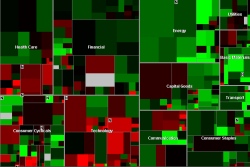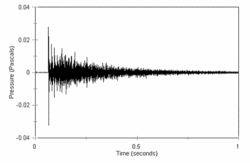To what extent does the question establish the possible ground from which an answer can emerge? Does the shape of the question determine the shape of the answer? What happens when the question doesn’t match the subject?
Search is a query against a fixed set of data. To achieve depth the volume of data must be enormous. What happens when you search a real time stream? It’s a batch query against a stream of data. There are two common examples:
- Getting a quote on a stock during market hours on a 15-minute delayed basis
- Getting a quote on a stock during market hours on a real-time basis
Each is just a snapshot; a moment in time. The 15-minute delayed quote isn’t information you can trade on. The moment for action has long since passed. The real-time quote is almost time you can trade on– but it’s still just a snapshot. A trader has a live quote that changes as trades hit the consolidated tape. The quote changes in real time without an additional query. The live quote gives additional color, one has a sense of the volatility and direction of price.

Now think about the difference between search and track. with regard to Tw*tter and the micro-messaging stream. If you’ve ever used track via IM you’ve experienced the difference between a snap quote and a live quote. Imagine if you had a watchlist of your track terms that you could see change in real time. A trader can transact on any ticker she tracks– that means both reading and writing. This gives you a sense of some of the possible user interfaces, as well as the economics, of the micro-messaging stream.
Comments closed


